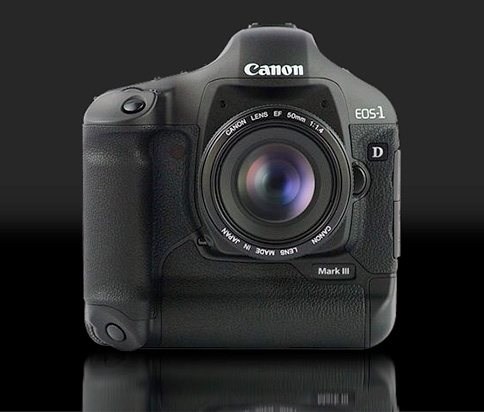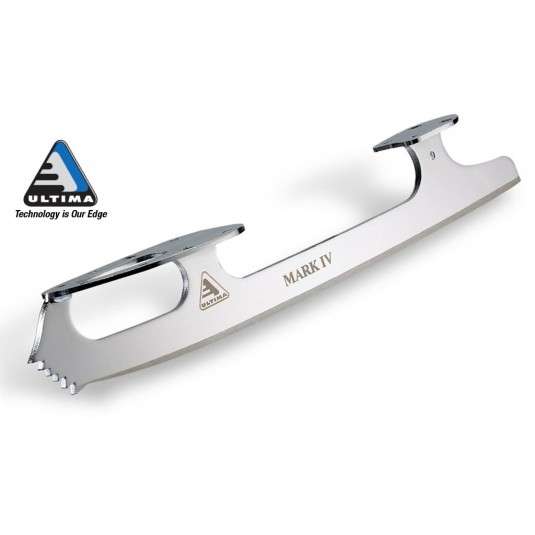


Pulling them out, Helen or one of the older kids painted continents and oceans with a fine-tipped brush. With the fine details applied, an earthrise pot went back into the kiln for another round of firing. Then someone even more skillful would scratch the craters in with a scratching tool.” “A black coat of paint went down on the lid and the base, then someone would use a sandy grit to paint on the features of the moon. “We’d take those and pre-fire them in a kiln to make them hard, then send them over to a painting station,” Garriott says. The silt dries, and then the next Garriott in line scrapes it out of the mold and smooths it using a wet sponge. Next, the molds containing the silt must be turned until the liquid clay attains a level of thickness comparable to a milkshake. First up: pour silt into a round mold the size of a baseball to as large as a basketball. Helen arranged her children (and her husband, when Owen was available) in an assembly line and assigned each one a task. “To make thousands, her art studio became a manufacturing facility for these pots, and all of us kids became part of an assembly line for years.” “These became so popular in Houston that she made literally thousands,” Garriott says. Demand quickly grew beyond what she could handle on her own. In summation, the jar is a to-scale model meant to capture how an astronaut standing on the moon (painted on the pot) perceives Earth (painted on the finial) from across the blackness of space (the base of the lid).Īs word of her earthrise pots spread beyond her Houston neighborhood, Helen decided to sell them. She paints the lid pitch black, and then, using a small brush, paints earth’s continents along the lid’s rounded finial. Holding it up to the light reveals twelve glimmering rhinestones, each set in a location where a manned landing on the moon’s surface took place. The pot, cratered and pockmarked, resembles the craggy surface of the moon, and boasts extraordinary detail and accuracy. Helen’s earthrise pot started as a token of friendship given to neighbors. So my mom made this cookie jar called an earthrise pot.”Ībove: One of Helen Garriott’s earthrise pots, whose creation helped lead to Origin Systems. Don’t forget, my family was a NASA family. Of all the art she did, there was one piece of art that became incredibly popular by local standards. “When I was younger, my mom did all different kinds of art,” Garriott remembers. The partnership between Richard and Robert was not the first instance of the Garriotts pitching in to help their own. We may win, we may lose, but I promise you: every penny that comes into our company, you’ll get your fair share.'” At the very least, when I get a sales check from a retailer, I’ll make sure you’re the first person who gets paid. They don’t have anybody working with them. “‘These other guys are hobbyists, same as you. “He said, ‘Why don’t you and I go into business together?'” Garriott remembers. Unless Richard’s contract with Sierra stated that he was entitled to royalties from conversions, he was at Sierra’s whim.Īt the family gathering that Christmas, Robert ran an idea by Richard. When Sierra stiffed him on royalties, he called Robert for help putting the screws to them: as they were making bank on conversions of his game, Richard felt he deserved a seat at the table. Richard had made good use of his brother’s business acumen and understanding of the tech industry. His job was to evaluate companies and decide if their projects were worth backing. He later enrolled at Stanford and received a master’s in business while at the same time starting a venture capital firm focused on tech startups. His brother had earned bachelor degrees in engineering and economics from Rice University, and took a job at Texas Instruments designing memory chips for PCs. Where Richard was a college dropout, Robert was “overeducated,” as Richard puts it. His older brother, Robert, proposed an alternative plan. His bank account was blossoming, yet he once again faced the task of convincing a publisher to sign his next game. Garriott returned to Texas in low spirits. In the issue of Computer Gaming World published in March 1986, Garriott gave a lengthy interview in which he accused Sierra of not being author friendly, implying that Ken Williams had cut Garriott into royalties from sales of the Apple II version of Ultima II, but not sales of the game’s myriad ports on other platforms. By Christmas, the relationship between Sierra and Garriott had soured.


 0 kommentar(er)
0 kommentar(er)
